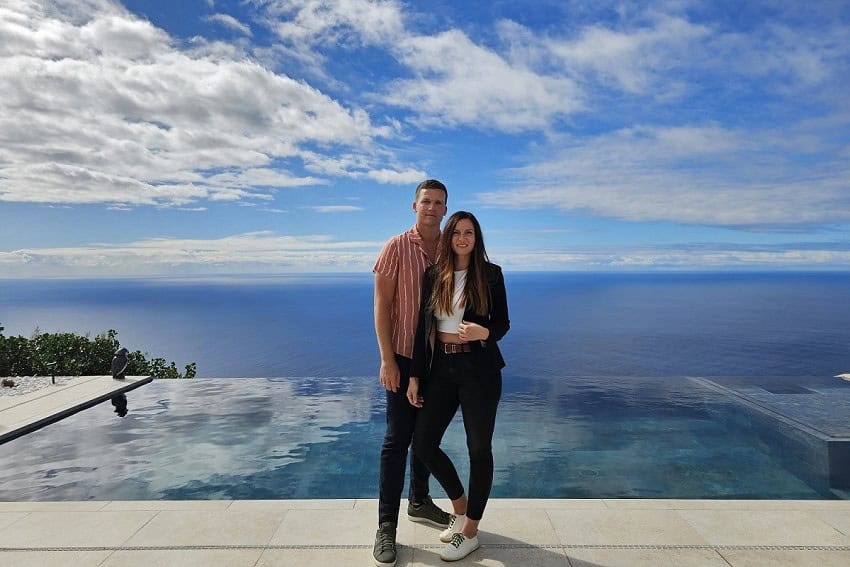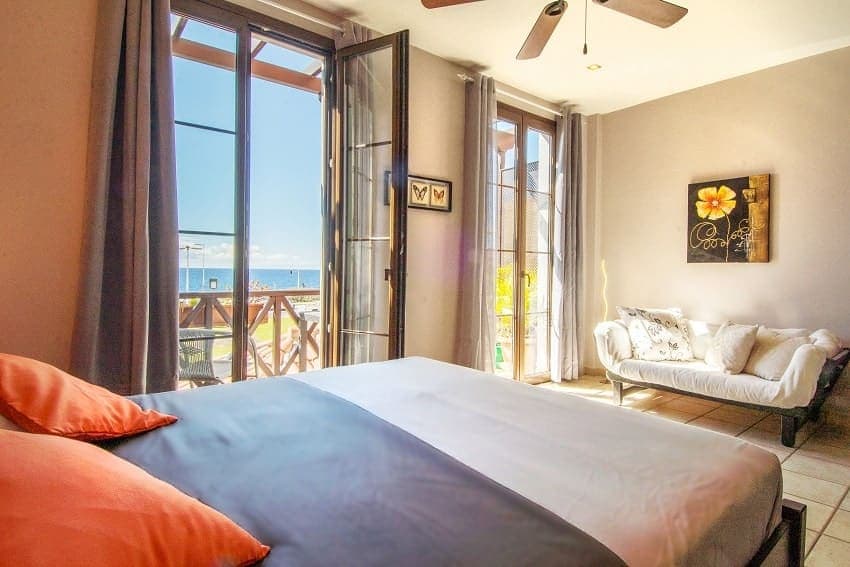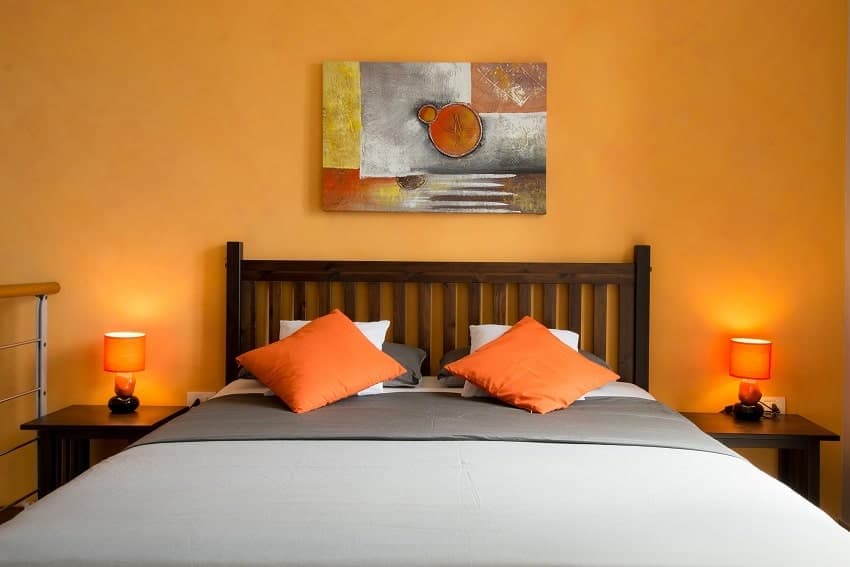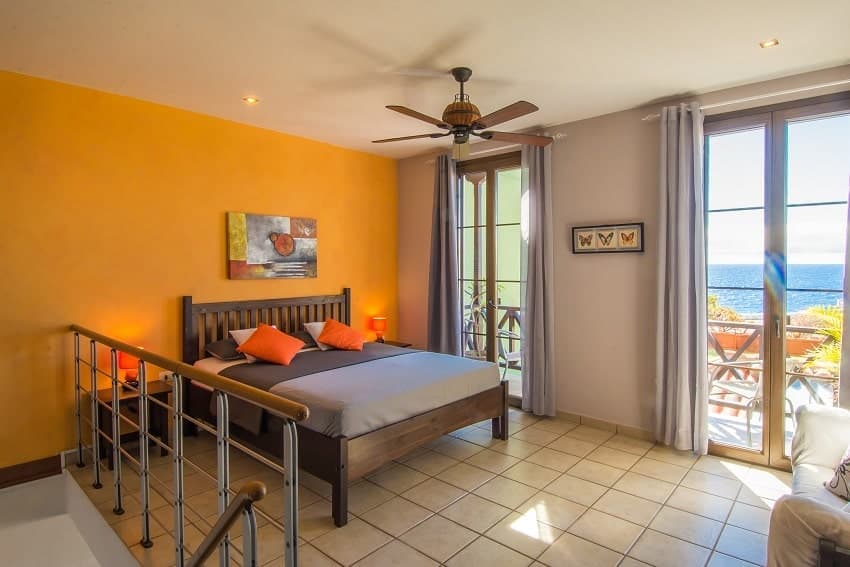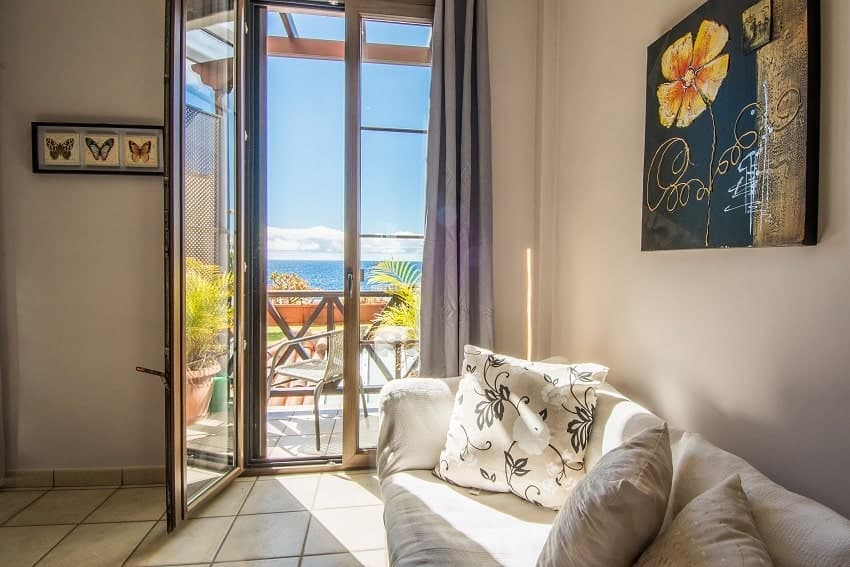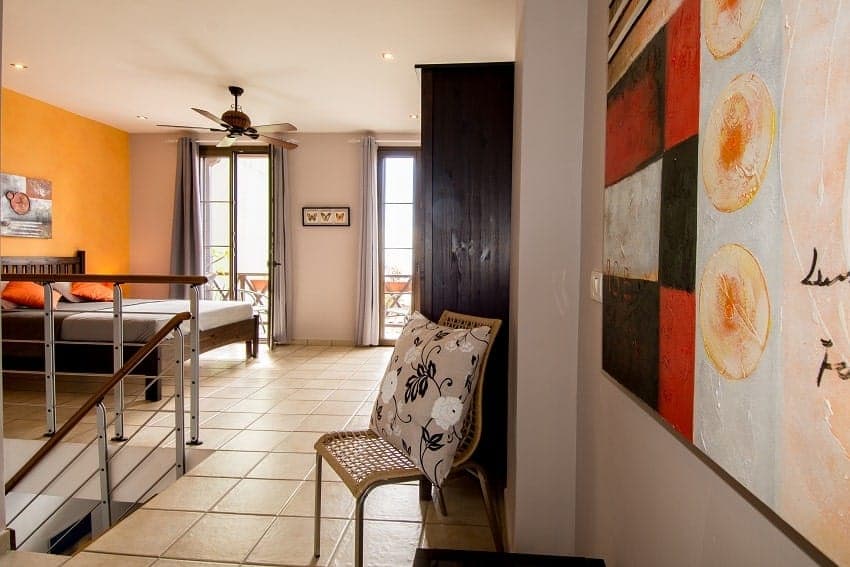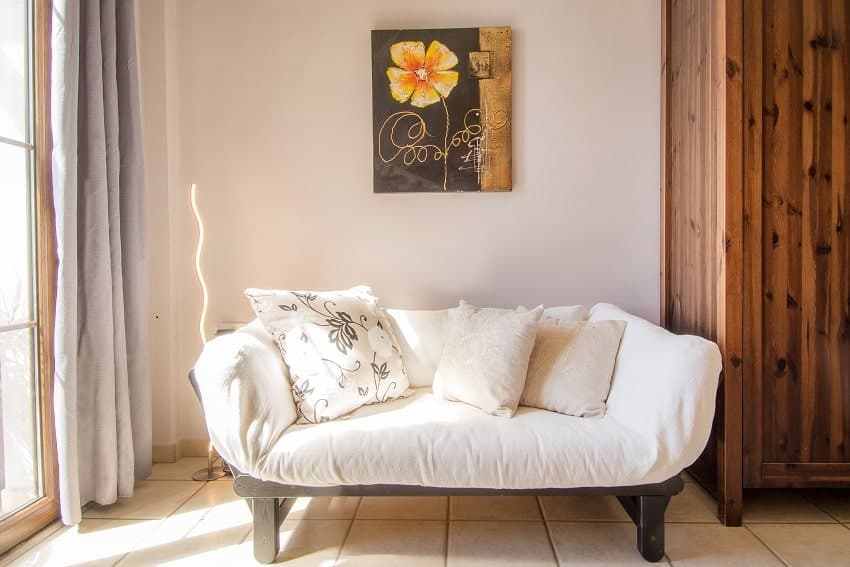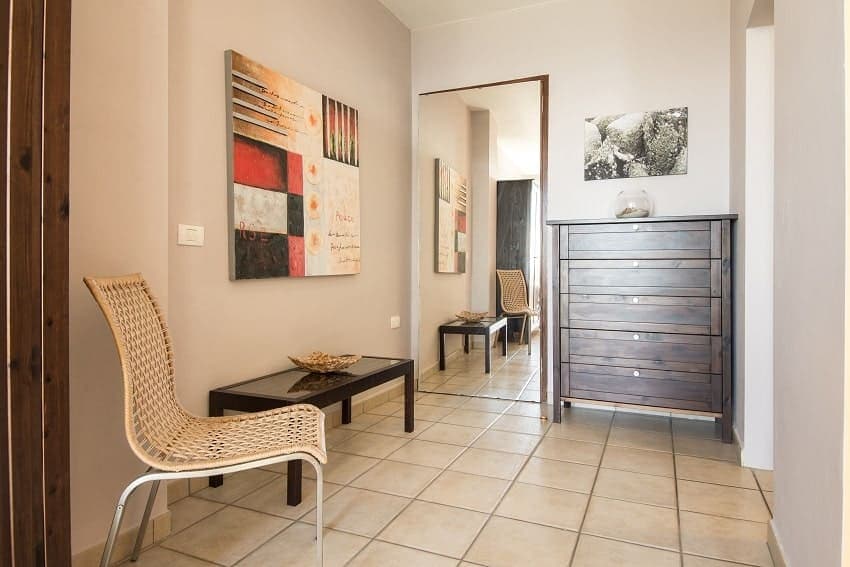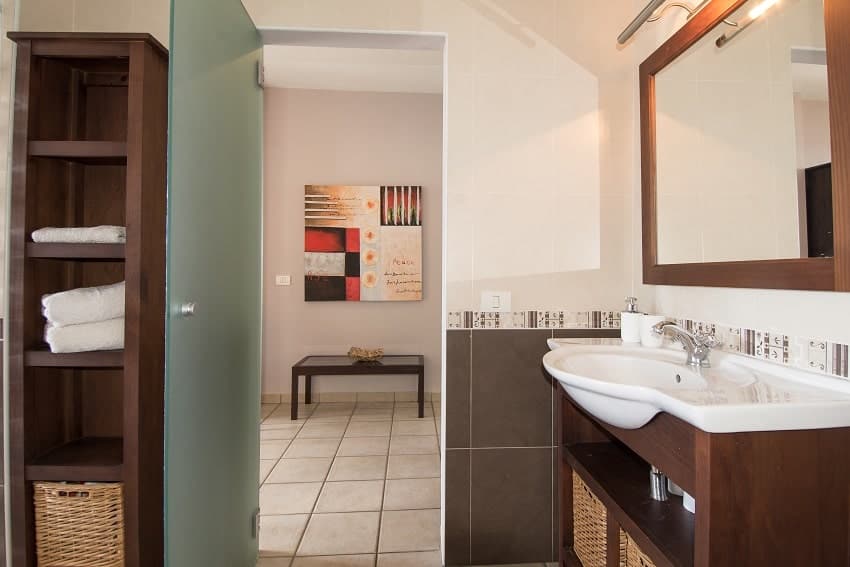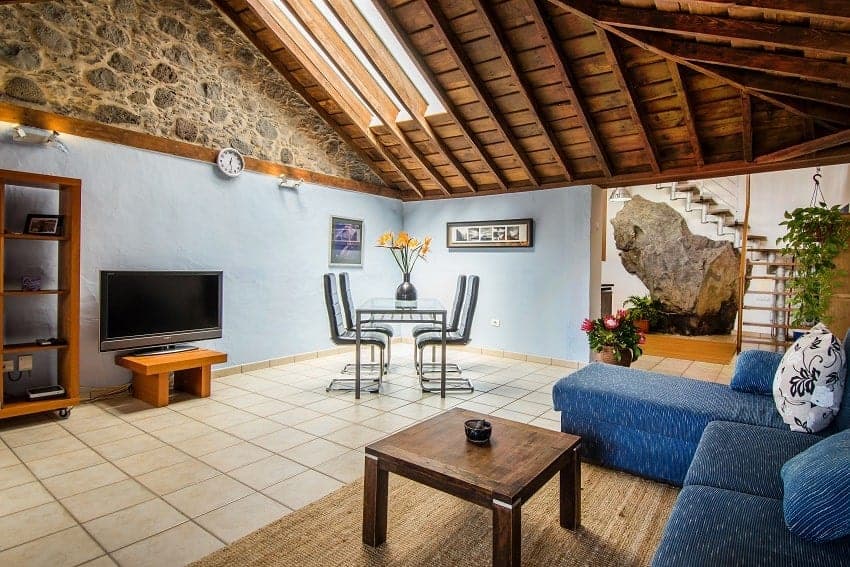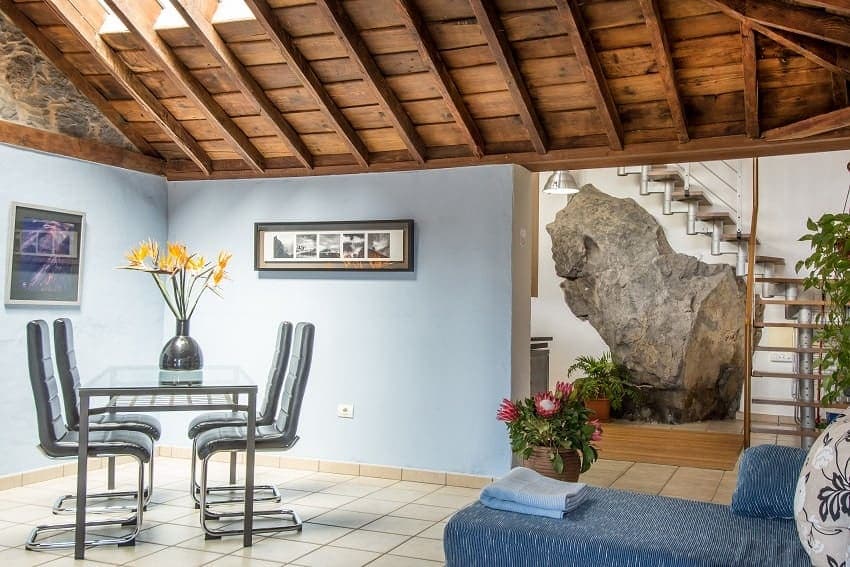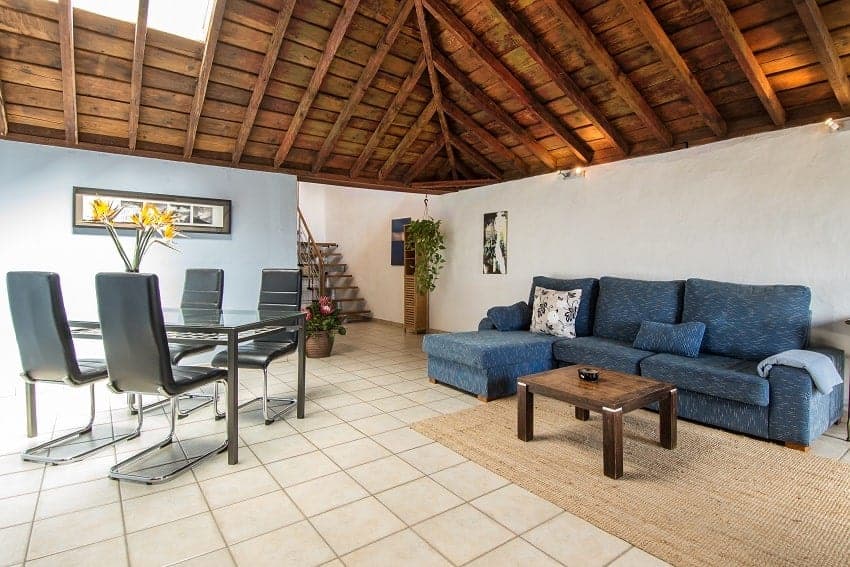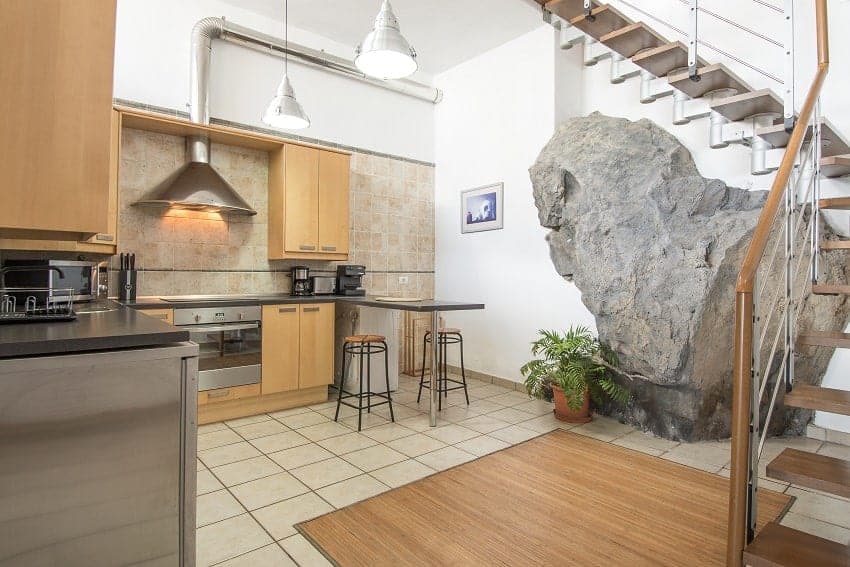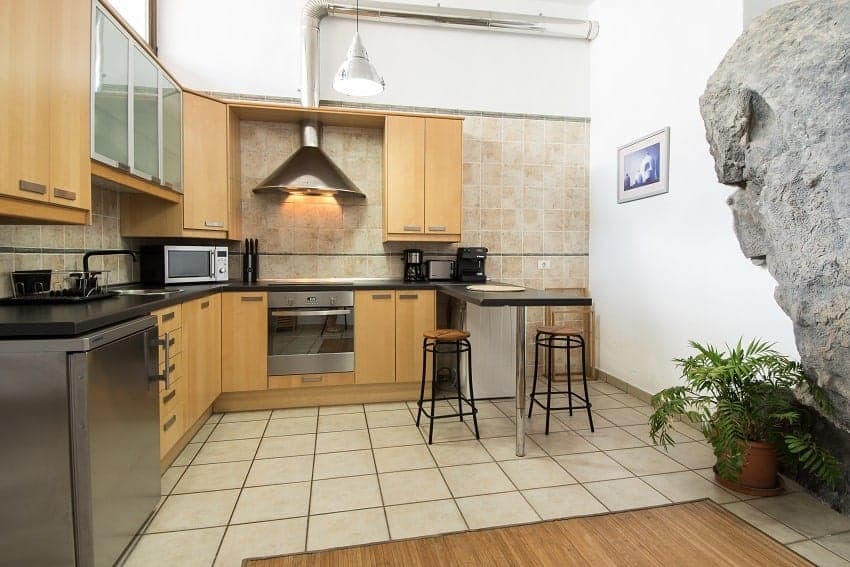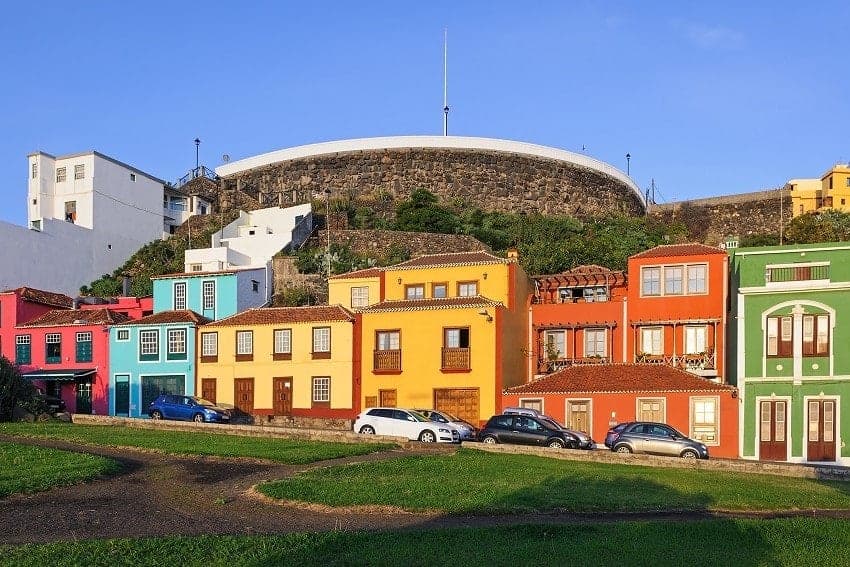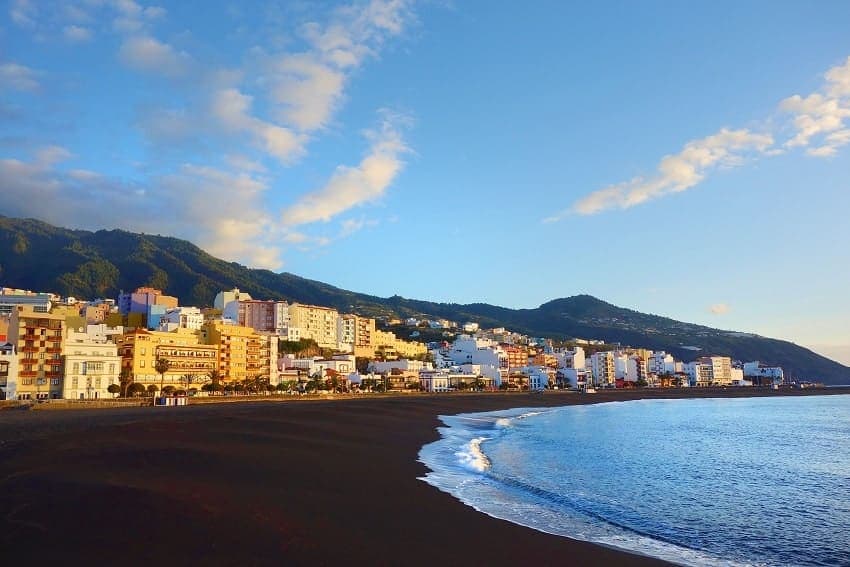Availability
Apartment Luna
 1 1
1 1 




A spacious city apartment in Santa Cruz de La Palma with fantastic sea views and a balcony, just 300 m from the beach.
This typical Canarian property was built over 130 years ago. Moreover, it impresses visitors by its traditional construction with thick stone walls and a teak roof.
The location of the property, right by the entrance to the town’s pedestrian zone, offers the ideal starting point for city walks, shopping trips and restaurant visits. Other destinations on the island are also within easy reach.
A hire car is not necessary here. Owing to the connection to the public transport network and numerous local shopping opportunities.
The apartment is divided across two floors. The spacious living and dining area, as well as the fully equipped kitchen, are found on the lower level. The bedroom and a bathroom with shower are located on the upper level.
The balcony of the apartment is accessed from the bedroom. Here, breakfast can be enjoyed with a beautiful sunrise overlooking the sea.
This approx. 95 m² apartment is ideal for two people looking to spend a city holiday as well as a beach holiday on La Palma, with the opportunity to explore the island.
Facilities
- 1 Bathroom
- 1 Double Bed with Single Mattresses
- 1 Double Bedroom
- 1 Sofa Bed for 1 Person
- Additional Cleaning on Request
- Baby Cot
- Balcony
- Bed Linen & Towels are Provided
- Blender
- Coffee Maker
- Coffee Maker Nespresso
- Dishwasher
- Electric Heating
- Electric Kettle
- Fridge
- Hair Dryer
- High Chair
- Hoover
- Internet - WiFi
- Iron
- Kitchen
- Living Room with Integrated Dining Room
- Microwave
- Mosquito Nets on the Windows
- Oven
- Safe
- SAT-TV
- Shower
- Sofa
- Stove
- Toaster
- Ventilator
- Washing Machine
Internet
Location and Distances
Medical help
Check In / Check Out
Payment / Cancellation
Additional information
Accommodation review scores and score breakdown
Based on 1 reviews
Guest reviews are written by customers after their stay at Apartment Luna.
Guest reviews
-
16.09.2025
Tolles Apartment in einer super Lage. Zentral und trotzdem nicht direkt im Getümmel. Deckenventilator im Schlafzimmer ist sehr praktisch, gerade im Sommer. Sehr hilfreich war auch die Waschmaschine. Die Ausstattung ist mehr als ausreichend. Es fehlte an nichts. Wir wurden sehr herzlich begrüßt und bekamen Obst aus dem Garten der Vermieterin geschenkt!
La Palma
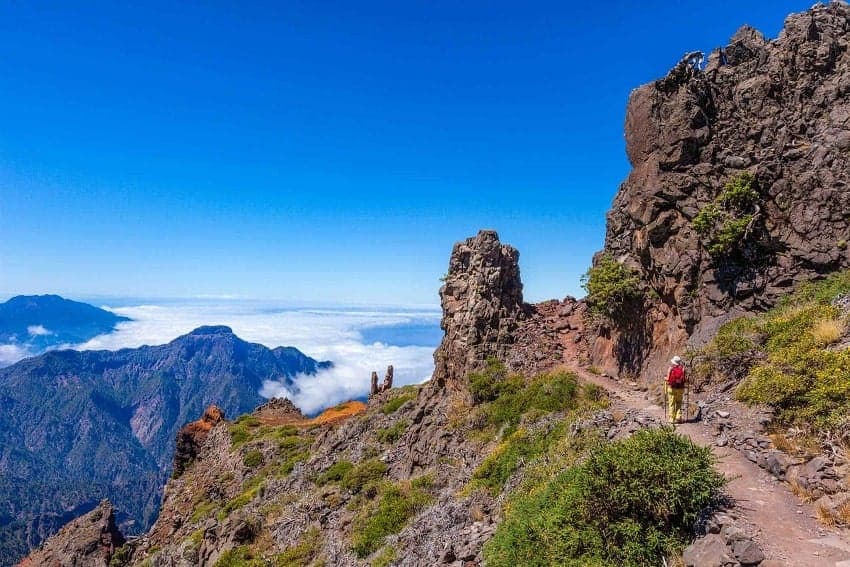
The island of La Palma offers breathtaking landscapes, remote beaches, imposing volcanoes, dense forests and incomparably starry skies.
With its 708 square kilometres, an elevation of 2.426m and its shape of a heart it is the most Western island of the Canary Island chain. Like every island in this archipelago, La Palma was created by volcanic activity. It is one of the youngest of the seven islands, dating back some 1.7 million years. The volcanic origin of La Palma is still clearly recognizable today, especially the southern part of the island with the dormant volcano Teneguía which last erupted in 1971, and offers interesting insights into its geological past.
The year-round mild climate with average temperatures between 18 and 27 degrees Celsius produce spring-summerlike weather as a result of the northeast trade winds.
This weather phenomenon is responsible for a pleasant subtropical climate and a rich green vegetation that prevails because of the humidity carried along in the trade winds. These moisture rich winds at certain times of the year also create a spectacular waterfall of clouds cascading down the central mountain faces and hence the nicknames Isla Verde – Green Island and Isla Bonita – Beautiful Island.
The unique geological structure of the island with its variety of vegetation zones and microclimates that are rarely found in the world on such a small area make this island a miniature universe. Each area of the island varies completely from another. In 1983 La Palma was declared a UNESCO biosphere reserve.
Another special feature of La Palma is the unique night sky. Due to its location in the Atlantic Ocean, sparse population, minimum light pollution and highest mountain peak Roque de los Muchachos 2.426m, the island was chosen as the location for one of the largest and modern observatories in the world.
The official population of the island is approximately 80,000 people. Traditional festivals such as the Bajada de la Virgen or Los Indianos carnival, famous far beyond the island’s borders, bear witness to the zest for life of the local people (Palmeros). Not only the geographical location, but also the numerous immigrants from Central and South America show a variety of Hispanic influences in island life, cuisine and cultural.
Read more...

